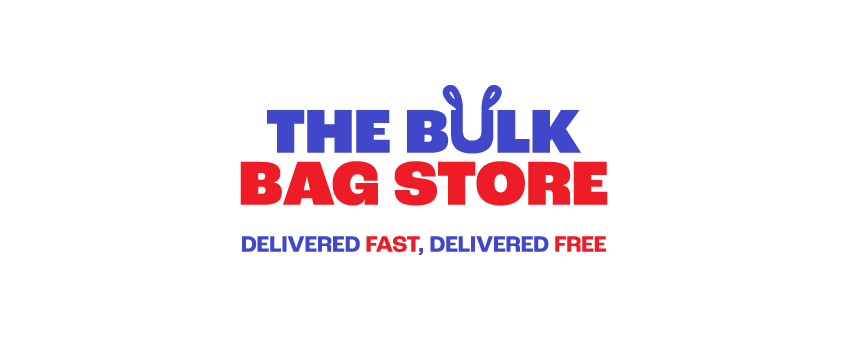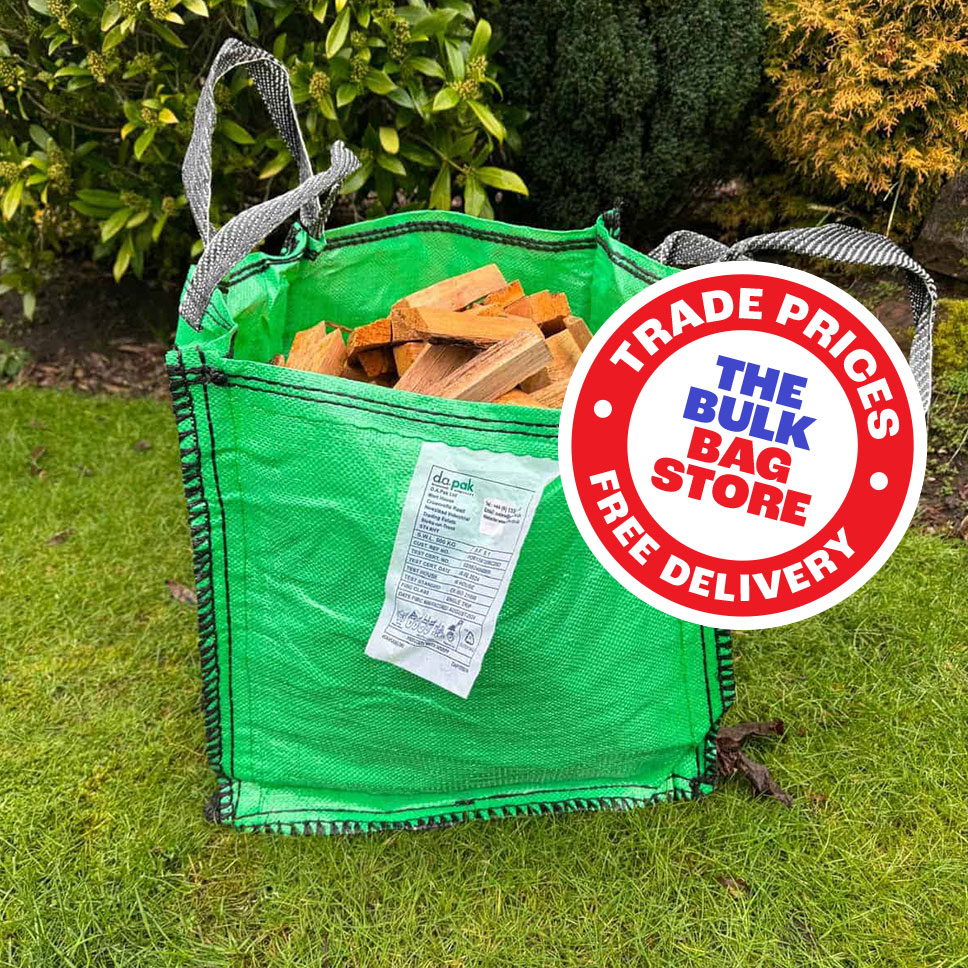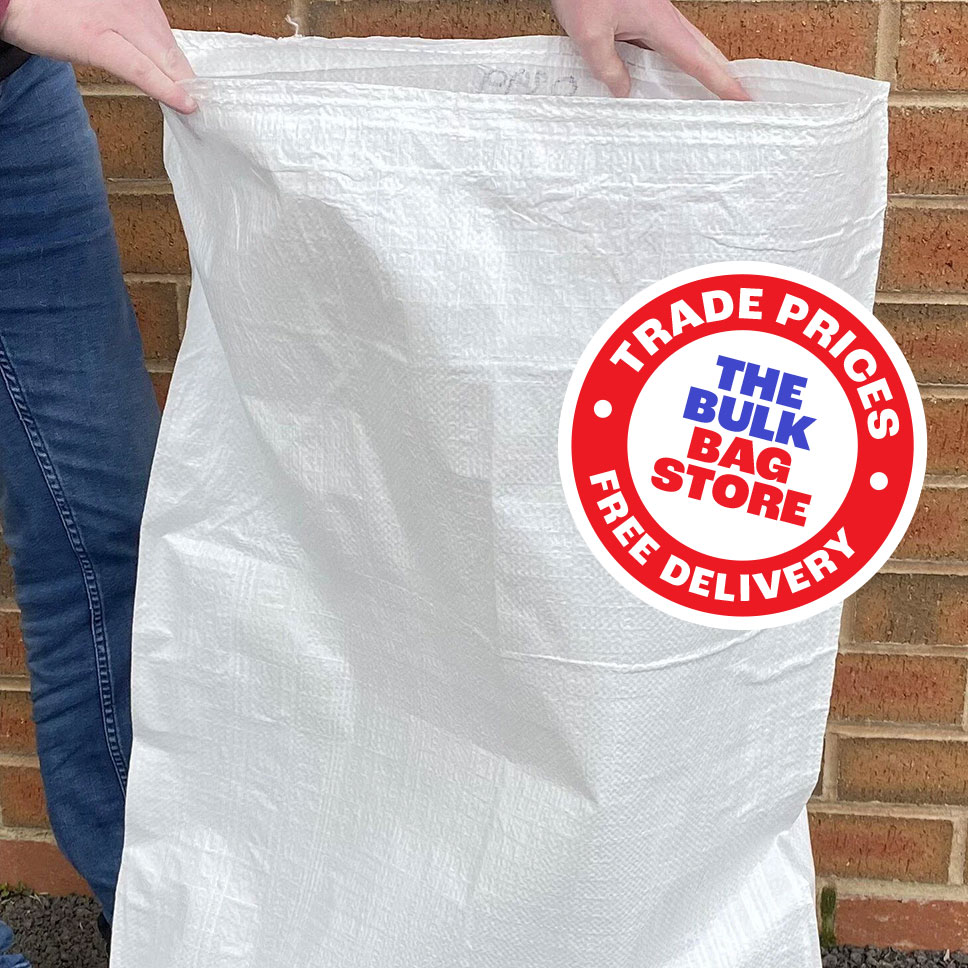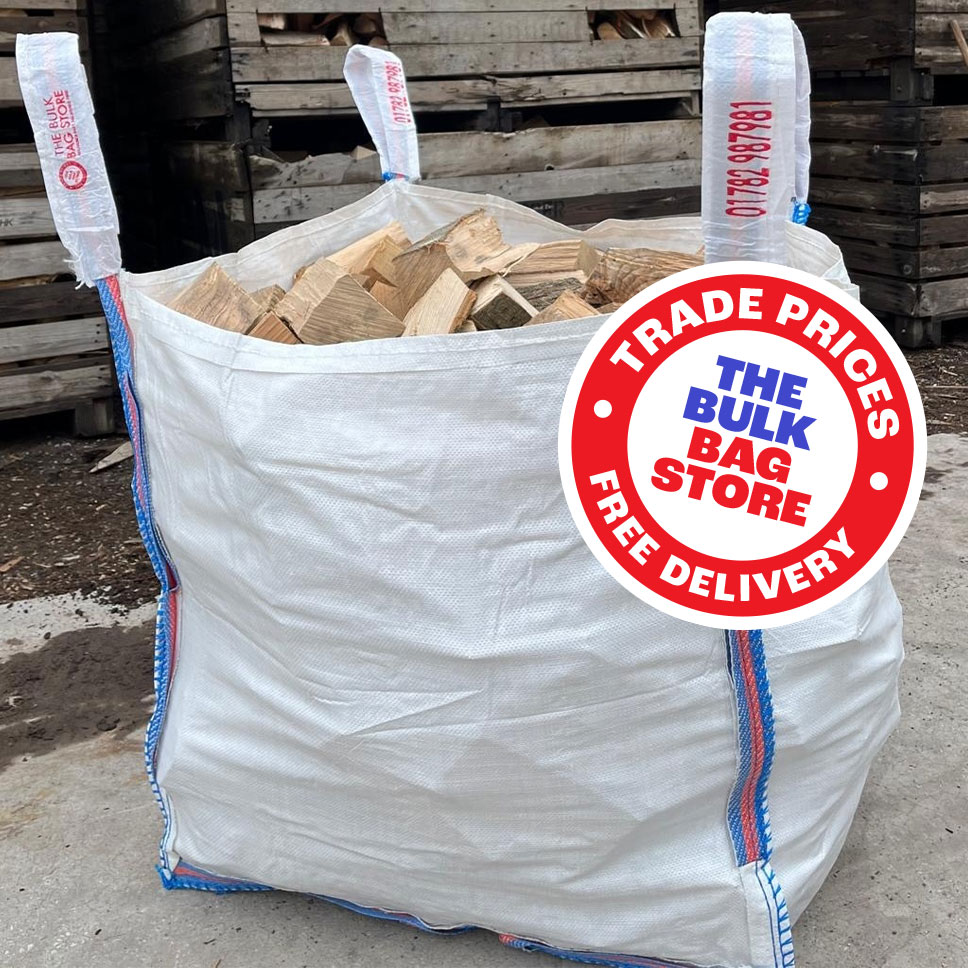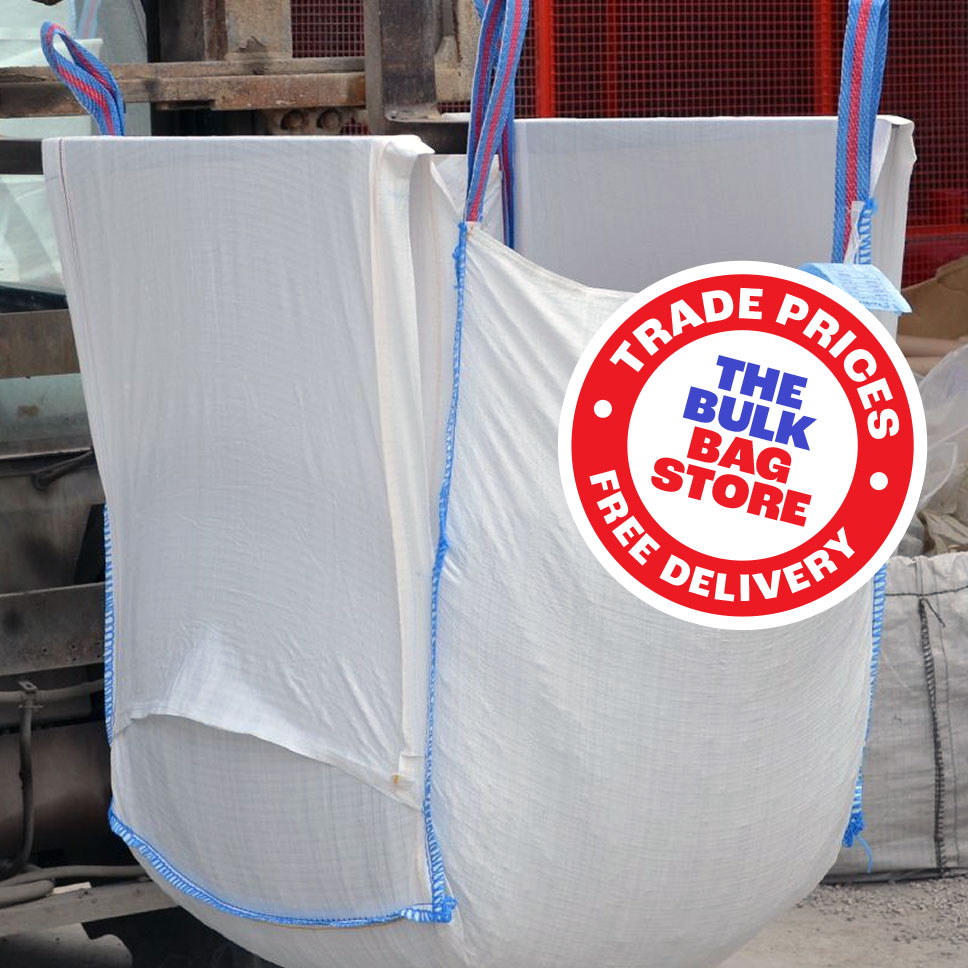20 things you didn’t know about bulk bags
Bulk bags are a common type of industrial packaging, used for transporting a wide range of dry goods, from gravel to cereal. They come in a variety of different sizes and types, and with several attachments depending on their intended use.
They are an extremely useful sort of industrial packaging which you will see in a huge variety of settings. But there are some things about bulk bags you may not be familiar with.
Here, for your entertainment, are 20 facts about bulk bags:
1. Bulk bags are sometimes called FIBCs. This stands for Flexible Intermediate Bulk Container and this is in fact their official name, although you may hear some companies refer to them using their brand name. However, they’re all bulk bags at heart.
2. Bulk bags are made from petrol! Well, not really, but the material they are manufactured from, virgin polypropylene, is derived from crude oil, otherwise known as petroleum. We bet you didn’t know that!
3. Bulk bags come in all shapes and sizes, ranging from the standard 35-inches x 35-inches to just about any size you require, really. The height of a bulk bag can reach a huge 96-inches tall, and they can hold up to 4,000 lbs of a product. That’s a lot of sand, for example!
4. Bulk bags are extremely ‘green’ products. As well as being reusable, they can be recycled, too.
5. To ensure safety at all times, each bag will be tested and rated with a Safe Working Load (SWL) figure. This tells you how much weight the bag can safely hold.
6. All bags also come with a Safety Ratio (or Safety Factor, abbreviated to SF). A 5:1 ratio means the bag could hold up to five times its SWL. Most bags have this rating, although multi-use ones may have a 6:1 SF.
7. Bulk bags are not waterproof, and are not usually recommended to hold liquids, although some come with a special coating to stop moisture or condensation.
8. Bulk bags are lifted and carried using the lift loops which come attached to the bag. These loops come in different sizes, depending on the dimensions of the bag and the requirements of the client.
9. Some bags come with baffles. This does not mean they are confused! Rather, the baffles are pieces of material which are sewn to the inside corners of each bag to help it keep its shape and give it added strength.
10. Extra strength is often added to a bulk bag through the use of a perimeter band, which is a band of material sewn around the outside of the bag’s top. This makes the bag stronger and adds extra strength to the lifting loops.
11. Bulk bags are usually emptied via specially-designed discharge spouts, which can be customised depending on the goods being transported. The spout will more often than not come with a special mechanism to ensure it does not empty when you don’t want it to!
12. They are filled, in most cases, using a fill spout. The standard spout has a 14-inch diameter opening at the top of the bag, in the centre, which is usually 18-inches long. Again, spouts can be changed according to your firm’s particular needs.
13. You may have seen bulk bags which are left open at the top, exposing the contents to the elements. These are called, imaginatively enough, open top bulk bags. Their opposite number, those which are closed at the top, are called duffel top bags. The duffel top bags have a type of ‘skirting’ sewn around the top, which can be drawn closed to protect the product inside, a bit like a duffel bag. Hence the name.
14. Should the occasion arise, companies can order special bulk bags with their own names and logos on the side. Bags can usually be printed with up to three colours, although of course, the cost will increase depending on how complicated the print design is. This means you can have your very own, personalised bulk bags, should you desire them.
15. Many companies using bulk bags need to send documents attached to the bag, so they are kept with the bag at all times and don’t get lost in the post. In order to do this safely and efficiently, bulk bags can be ordered with document pouches specially built into the side of the bag. These usually have a ziplock opening, for ease of access.
16. Should your requirements need it, bulk bags can come with a special strap going from one corner to the opposite corner on the same side. This, for reasons best known to the manufacturers, is called a stevedore strap.
17. If you so desire, your bulk bags can be designed with B-locks. A B-lock is attached to the bulk bag’s spout to provide it with a simple and quick way to close, and an easy method of regulating the product’s flow by hand. The B-lock can be used as an alternative to the usual spout closure method.
18. Some bulk bags have diaper bottoms. No, nothing to do with babies’ bottoms, but a fully open-bottomed bag with an accompanying flap covering the bottom. An appropriate name, don’t you think? A diaper bottomed bag can be speedily and easily emptied, should that be necessary.
19. Most bulk bags are manufactured in one of two ways – they are either circular or ‘upanel’ bulk bags. The material used in circular bags is woven using a circular loom, with the fabric being woven into a continual tube. Upanel bags, on the other hand, are made of three pieces of fabric, with one continuous piece forming one side, the bottom and the opposite side.
20. Bulk bags can be lifted using various methods, including cranes and forklift trucks. However, they must all be lifted safely, heeding the manufacturer’s instructions and using the correct methods, depending on the type and style of bag being used.
So there you have it. Now you know all about bulk bags, and their various types and uses. We’re sure it will give you something to talk about with friends when you next pop down to the pub!

